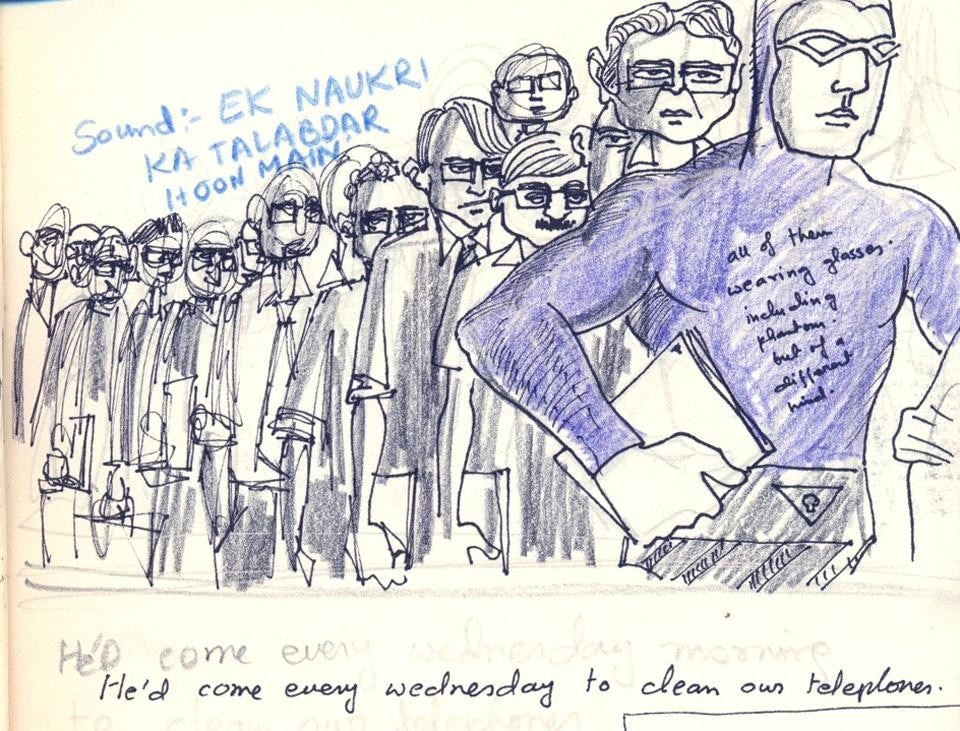Loris Gréaud, The Bragdon Pavilion. Video installation, 2011
The show's premise is ambitious and sprawling, but the physical arrangement of the exhibition attempts to impose a formal logic. Visitors enter into a central chakra area, which acts as an information hub, attempting to provide a whistle-stop 101 of cultural values. The exhibition and works are loosely ordered under such general headings as identity, politics, family life, which spiral off from the centre—there's the obligatory Bollywood corner, of course, and oversized lurid religious iconography a gogo.
Nalini Malani, Remembering Mad Meg. Video & mixed media installation, 2007–2010
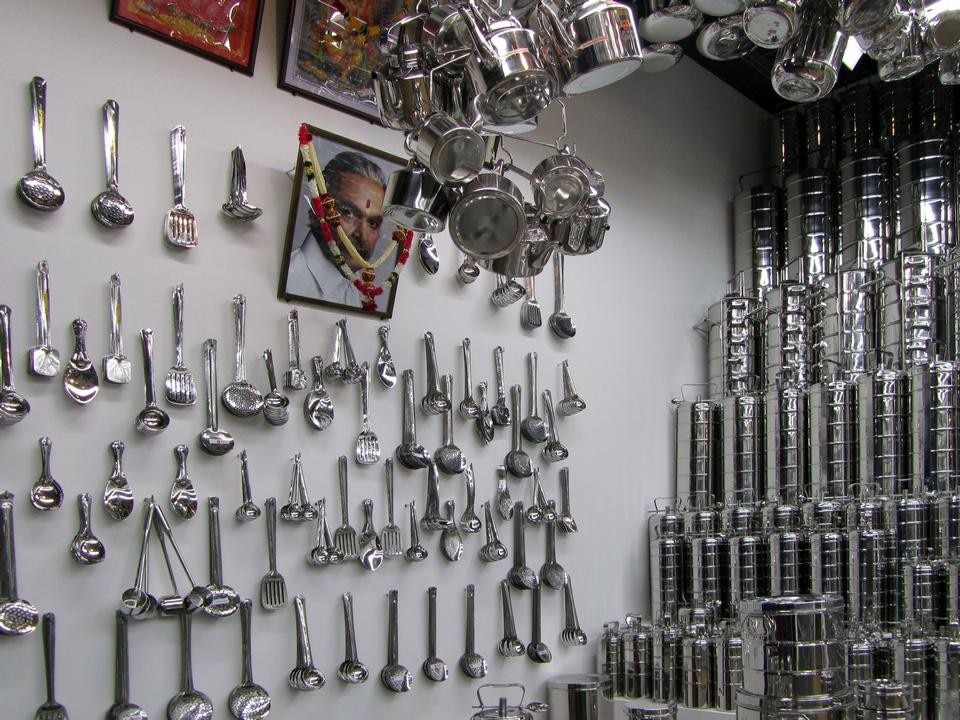
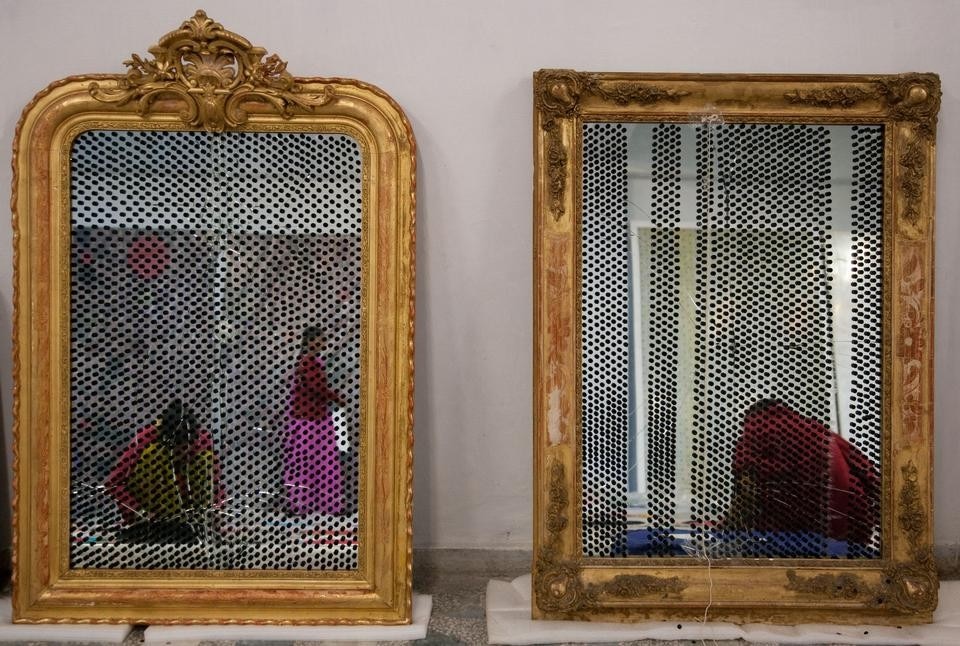
All the work here is framed in the context of a commentary on modern India, which can limit the ability of the pieces to work on their own terms.
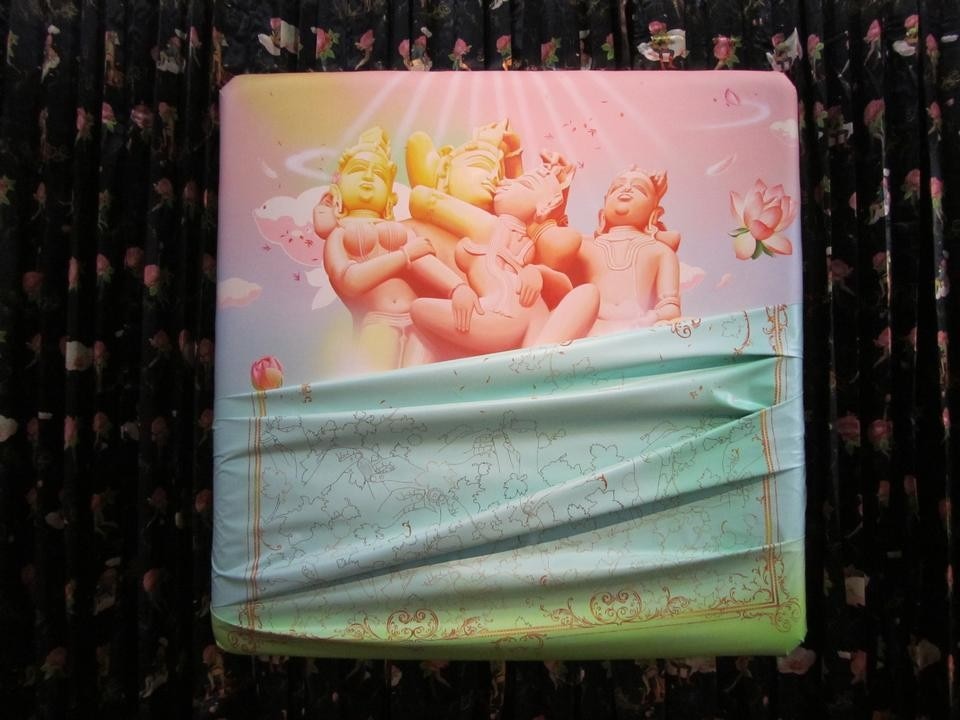
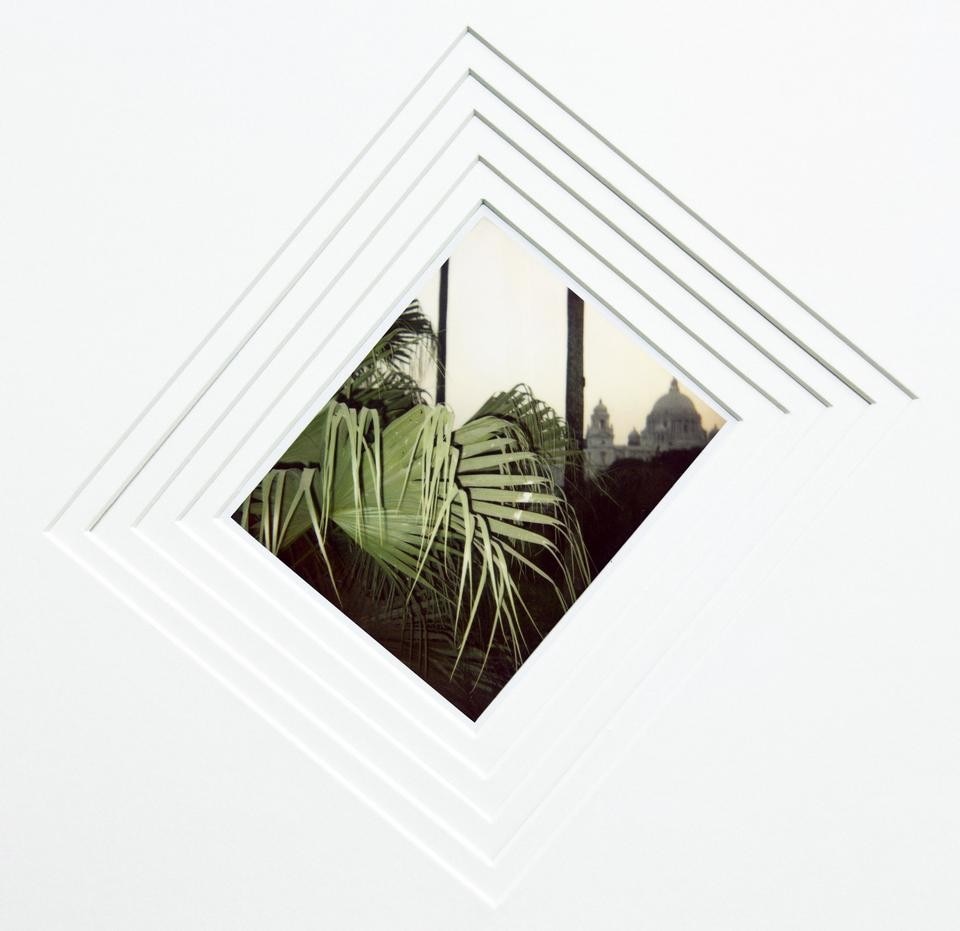
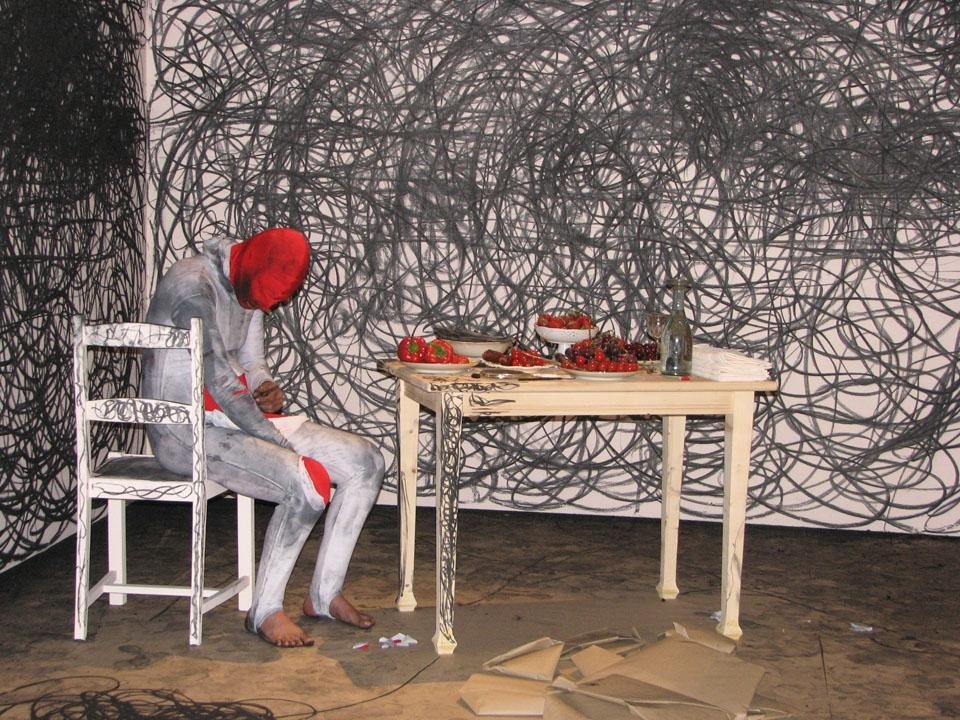
Shumi Bose
